Search myodfw.com
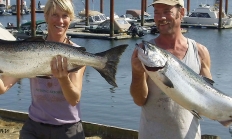
The Greater sandhill crane is Oregon's tallest bird. This large majestic crane has a guttural gurgling or bugling call, and is easily noticed in flight by its profile, with long neck and head extending straight ahead and long legs trailing behind. The Greater sandhill crane is distinguished by its red crown and white cheek patches, contrasting with with a light gray body. Fledged young resemble adults, but have a feathered forehead, a lighter tawny plumage, and lack the red crown and white cheek patches during their first fall. Fledged young have a squeaky cheap call often heard in flight during
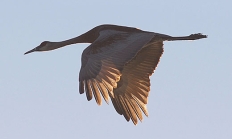
This group of mammals is spread nearly worldwide and in Oregon, they are found throughout the state. Oregon is home to the American pika and seven species of rabbits and hares.

In 1925 the first fish hatchery on the South Santiam River began operations about 5 miles upstream from today’s present site, rearing annually approximately 100,000 spring Chinook in dirt ponds for release into the South Santiam River. The present site came about with the construction of Foster Dam. In 1968 the facility was dedicated for the rearing of spring Chinook and summer steelhead. This facility was built and annually funded in part by the US Army Corps of Engineers to compensate for the loss of spawning and rearing areas above the dams on the South Santiam River.

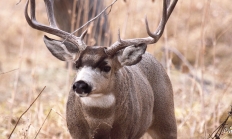
Invasive species are animals and plants that are not native to an ecosystem and that cause economic or environmental harm. Not all non-native species are invasive, however many become a serious problem. They can aggressively compete with Oregon's native wildlife for food and habitat.
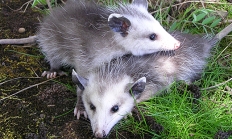
Sea turtles are federally protected under the Endangered Species Act of 1973. NOAA Fisheries is responsible for conservation and recovery of sea turtles in the marine environment, while the U.S. Fish and Wildlife Service is lead on conservation and recovery of sea turtles on nesting beaches.
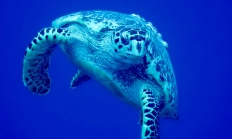
Oregon's black bears don't always live up to their name. Their coloring can be blonde, brown, cinnamon, and of course, black. Check ODFW's Living with Wildlife, Bears for great tips on working or recreating in bear country, homeowner checklist to keep bears at bay, and more.

Swans, ducks and geese belong to the Anatidae family and occur on all continents. Special oils let their feathers shed water, so they are adapted for swimming and floating, and some are even talented divers. For tips on discouraging geese from overwhelming your yard, check our Living with Wildlife, Birds page.

The plateau striped whiptail is a medium-sized, all-female species. Reproduction is by parthenogenesis - unfertilized eggs hatch into clones of the mother. In Oregon, this lizard only lives in Cove Palisades State Park. Photo by J. N. Stuart, Flickr

The Eastern gray squirrel is the smallest member of the genus in Oregon. This squirrel was introduced into Oregon and can now be found in Salem, Portland, Milwaukie, and Vale. All populations in Oregon have been found in urban areas. This squirrel is active throughout the year, activity restricted to daylight hours. Photo from Washington Fish and Wildlife

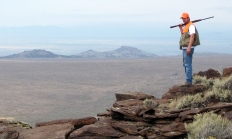

Searching for frogs and salamanders is a great way to introduce kids to the wonders of Oregon's wildlife and the great outdoors. Learn more about their various habitat needs and you'll increase your chances of seeing one of these unique species. Remember to leave no trace to preserve their habitat. Listen to a chorus of treefrogs, and check out our fun facts on Oregon's frogs.

Oregon has one species of kingfisher, the raucous Belted kingfisher and 12 woodpecker species. Six woodpeckers are Oregon Conservation Strategy Species of management concern and in need of conservation. Famous for their hammering and hole drilling, woodpeckers might decide your home looks like a good place to set up shop. Learn how to discourage this on our Living with Wildlife, Birds page.

Willamette fishing September 18, 2025 Best bets for weekend fishing: The Willamette River and other water bodies are increasing in activity. Several waterbodies will be stocked with trout this week. Cascade Hike-in Lakes offer beauty, serenity, and the potential for untrammeled fishing opportunities. Trout stocking Stocked the week of Sept 8-12: Alton Baker Canal, McKenzie R-2 above Leaburg Dam. Scheduled to be stocked the week of Sept. 15-19: North Forks Reservoir, Small Fry Lake, Alton Baker Canal, Foster Reservoir. Check the 2025 trout stocking schedule Trout stocking maps Check out the ODFW fishing and trout stocking maps to find nearby


